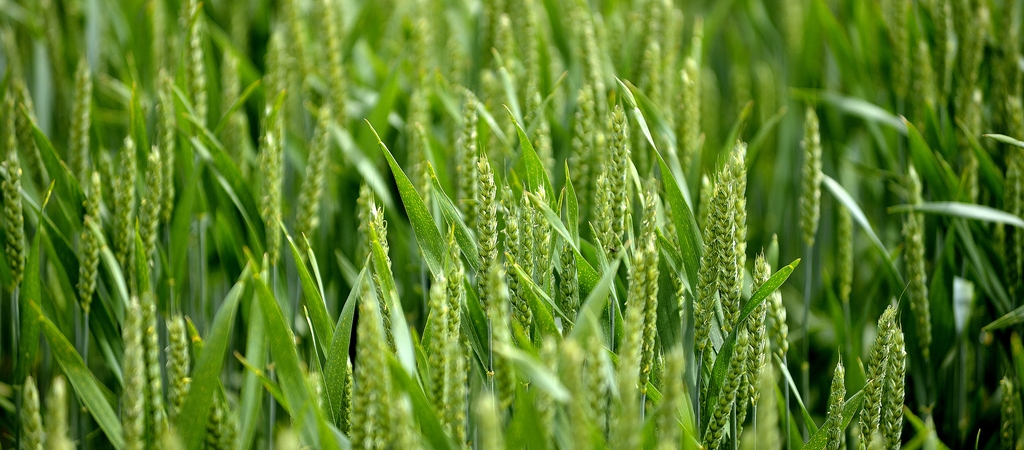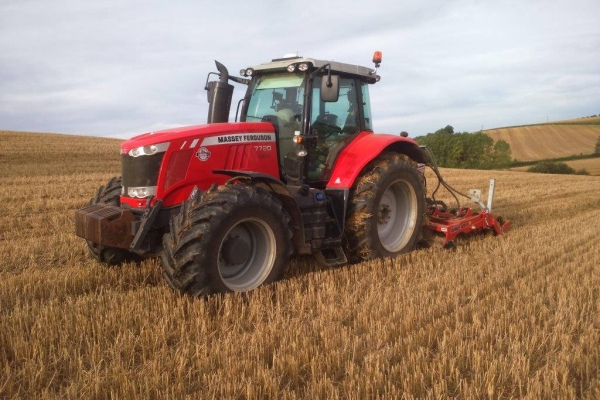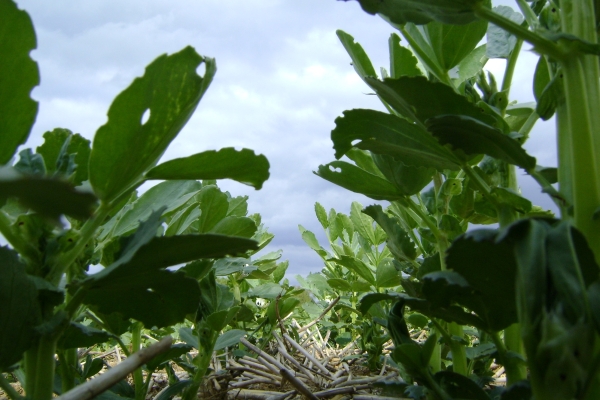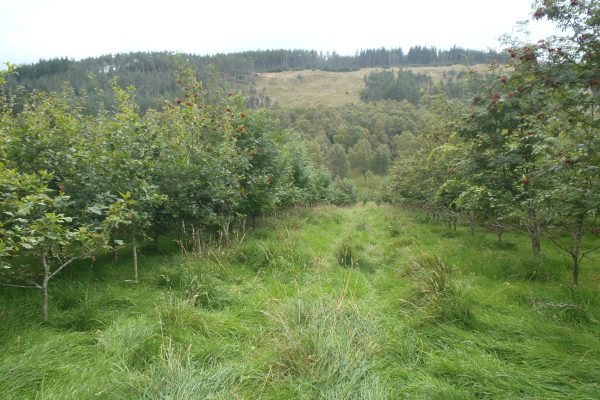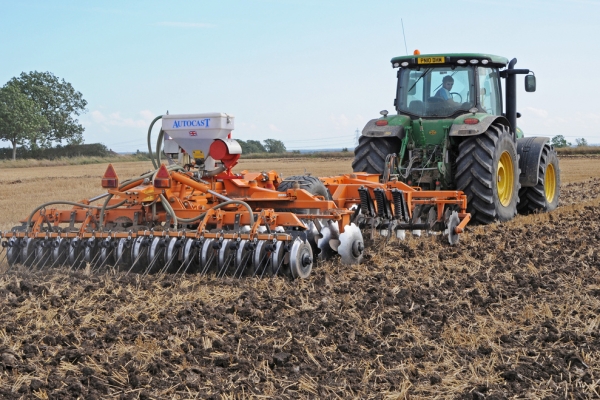Crop Protection in Reduced Tillage Systems
Technical Note 580
Resource explained
Reduced tillage systems can have benefits such as reducing soil erosion, nitrate leaching, increasing soil organic matter and soil organism activity, and time and machinery cost savings. However they also present challenges that you need to find ways to overcome.
This technical note covers findings and recommendations from research conducted as a Crop Health Advisory Activity funded by SEERAD (Scottish Executive Environment and Rural Affairs Department).
The information is particularly relevant to cereal growers and Scotland (where the research was conducted and where establishment of winter crops is a particular issue), however the important messages have a broader relevance.
Information is grouped under headings of reduced tillage and weeds, (weed seed behaviour, effects of cultivations, perennial weeds and impact on herbicide resistant weeds), cultural management of weeds, reduced tillage and disease (particularly Take-all, Common eyespot, Fusarium, Cephalosporium leaf stripe and Ergot), and reduced tillage and pests.
Findings & recommendations
- Changing to a reduced tillage system can have major implications on your pest, weed and disease management.
- Reduced tillage can lead to increased grass weeds and volunteer crops (which can act as green bridges for diseases and pests), but reductions in broad-leaved weeds. Long-term reduced tillage through the rotation will deplete the near-to-surface seed bank of broad-leaved weeds as long as you maintain good weed control in the crop. You can consider stale seedbed options and delaying sowing autumn crops to help control grass weeds
- Reduced tillage can encourage weed resistance near the soil surface and perennial weeds such as common couch-grass and creeping thistle.
- Understanding the behaviour of weed seeds in response to conditions and cultivations allows you to develop cultural management strategies and reduce any dependency on herbicides (which often inadequately control many weeds).
- Take-all and common eyespot may reduce in reduced tillage systems; Fusarium and other foliage diseases may increase.
- Continual reduced tillage within a field over several seasons may reduce pests such as slugs and aphids because of an increase in natural control. Reduced tillage can increase the population of beneficial insects such as predatory ground beetles and parasitic wasps.
